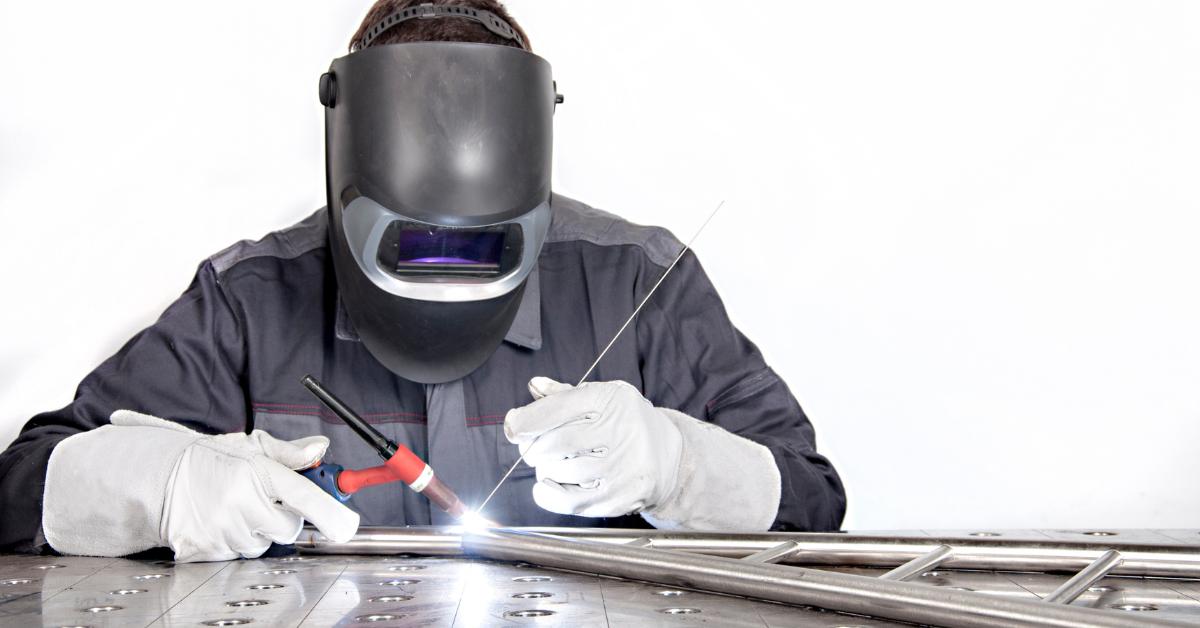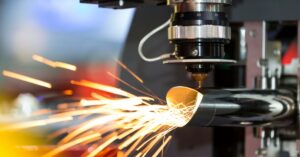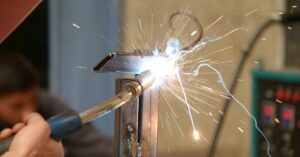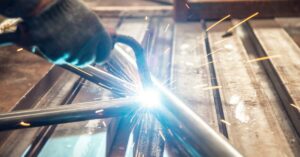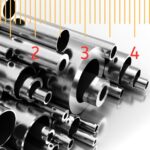MIG welding aluminum is hard. The soft nature of aluminum filler wire results in kinks and binds within the MIG gun lead. These kinks and binds make the wire fold up inside the gun into something also called “birds’ nests,” and these are hard to clear. Plus, there is the wire that gets wasted with these kinks. The solution to MIG welding aluminum then is to bypass the MIG lead completely by getting a spool gun.
Here, we tell you how you use a spool gun, and for the complete beginners among you, we also explain what exactly a spool gun is! First, let’s start with the basics.
Also Read
MIG Welding and Spool Gun
Metal inert gas (MIG) welding is a subtype of gas metal arc welding. MIG welding is an automatic welding process which uses a consumable electrode to produce the weld. MIG welding process is more advanced than TIG welding aluminum and is more suitable for thicker pieces.
MIG welding is a faster method too and does nonstop welds. MIG welding also results in less deformation of the metal being worked on.
As mentioned earlier, MIG welding without a spool gun is not an easy job. The wire that you feed through the MIG gun gets folds and kinks, which can be avoided by a special type of weld gun called a spool gun. A spool gun is made much like a gun from those gangster scenes of the 1930s and contains a one-pound spool of aluminum filler wire, which rests on the MIG weld gun. This filler aluminum wire eliminates those kinks and folds.
How to Use the Spool Gun
Using these tips, you will get much better at MIG welding aluminum with a spool gun:
- Push, don’t pull – Pushing always works better. Pulling can result in a sooty weld, but sometimes you just have to pull, in which case try to reduce the sootiness as much as you can. Use a stainless steel brush to remove the soot.
- Use Argon or a Mix with Helium – The shielding gas of choice for the spool gun is usually 100% Argon. But a 50/50 mixture of Argon and Helium can also be used, which will be helpful with thicker sections. But keep in mind what the manufacturer of the gun has advised as the shielding gas – many of them will insist that you use 100% Argon.
- Use a longer stick-out – MIG welding uses spray transfer, so a longer stick-out will prevent burning up tips. ¾” is a good stick out and will save you many tips.
- Start with fast wire speed – It is always a good idea to start with faster wire speed and go from there to a slower wire speed. NOTE: If the power is too low, then the wire will hit the metal and break the arc, whereas if the power is too high, the wire will push through the molten puddle, and you’ll get drips.
- The sound – With steel, you will get that bacon frying sound, not with aluminum. With aluminum, you get a high-pitched “humm” kind of sound.

